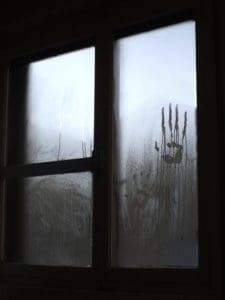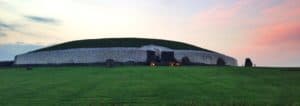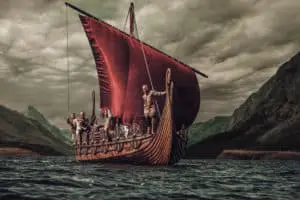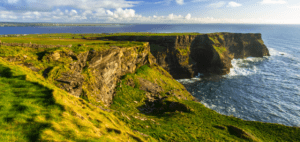Seti I: The Mighty Pharaoh Who Built the World’s Longest and Deepest Tomb
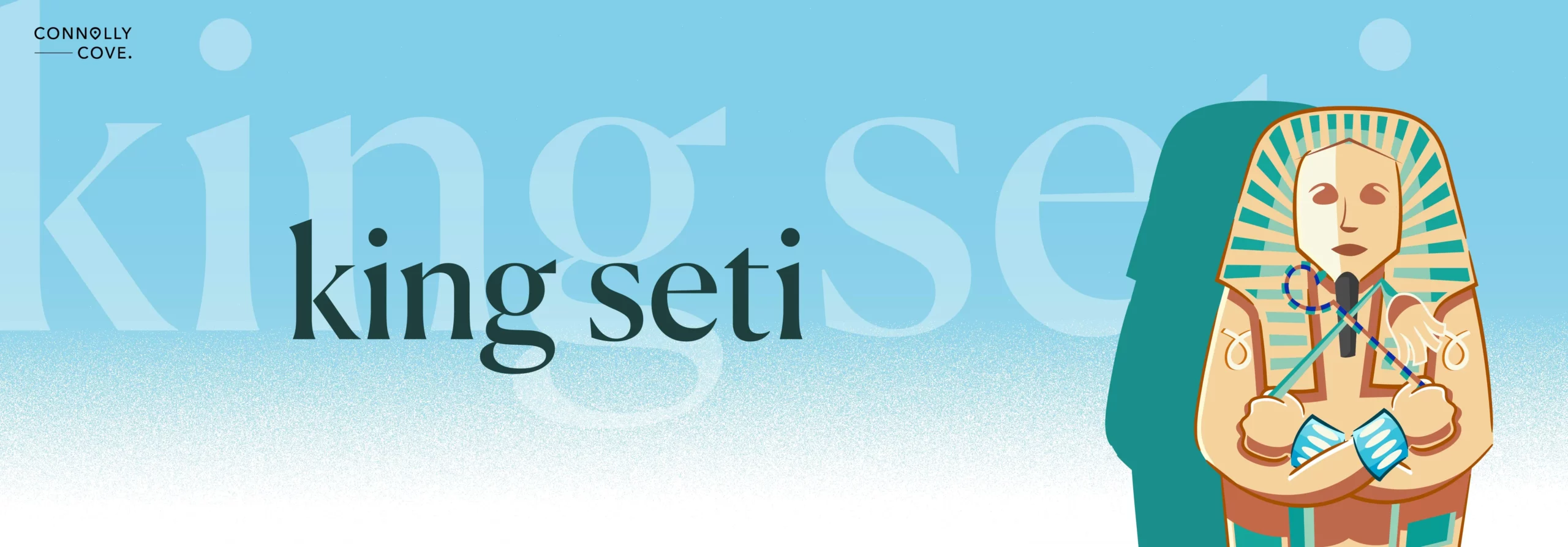
Updated On: February 19, 2024 by Noha Basiouny
Religion was a profound part of the lives of ancient Egyptians as individuals and collectively as a nation. They believed in the afterlife, that following their earthly journey, they would live for eternity once they went through the final judgement. That is why they were hugely concerned about building tombs and filling them to the brim with everything they thought the deceased may need to live a good life on the other side.
In this matter, what we like to call the art of tomb building witnessed noticeable development in ancient Egypt. At first, pharaohs used to build pyramids as their burial places. Such architecture evolved so significantly until it was highlighted by the Great Pyramids of Giza—we explored this broadly in a recent story.
But just like how the high-waisted bell-bottom trousers, maxi dresses, pageboy and afro hairstyles were a thing during the 1970s but went extinct, the trend of pyramid building in Lower Egypt ended at some point and was later replaced by the Valley of the Kings and the Valley of the Queens in Upper Egypt.
In those valleys, tombs were rather rock-cut, completely hidden in the mountains or underground to provide more privacy and conservation, which it did for thousands of years. Yet, when a massive wave of Egyptomania took the world by storm during the 18th century, a huge excavation activity started, leading to an enormous stream of amazing discoveries.
One of the earliest and most magnificent of such is that of King Seti I. This tomb best represents the innovation and brilliance ancient Egyptians attained back then. In this article, we will look into the reign of Seti I and go underground to explore his mighty tomb, which is nothing like any other, before or after.
Seti I
Seti I was one of the greatest pharaohs of ancient Egypt. He was the son and successor of King Ramesses I, who established the 19th Dynasty, the second of the New Kingdom of Egypt (1550 BC to 1069 BC). Seti I was also the father of Ramesses II, who is considered almost unanimously the greatest pharaoh of all time.
Coming to power in 1290 BC, Seti I had a relatively long reign of 20 years that allowed him to fulfil a lot of his ambitions. Most of those were highlighted by his many military campaigns and tremendous building activity. Exploring those, in particular, would take as long as climate change needs to be reversed. So we will just limit it here to a couple of significant achievements.
Fighting the Hittites
Seti I was a great military leader, and his top priority was to expand Egypt’s borders. So he led military campaigns to and succeeded in dominating Canaan—this is now Palestine, Jordan, and Southern Syria and Lebanon. At the time, the Hittites also had an activity in the region. Those were ancient Anatolian people who established the Hattusa Empire in North and Central Anatolia, modern-day Turkey.
The Hittites were extremely aggressive. They took over many of the Egyptian territories and generally represented a massive threat to the stability of Egypt. So Seti I got into many wars with them to weaken their grip. Although he could not completely destroy them, his son Ramesses II did, Seti I defeated the Hittites many times, stopped their march toward Egypt and regained control over some of the lost territories.
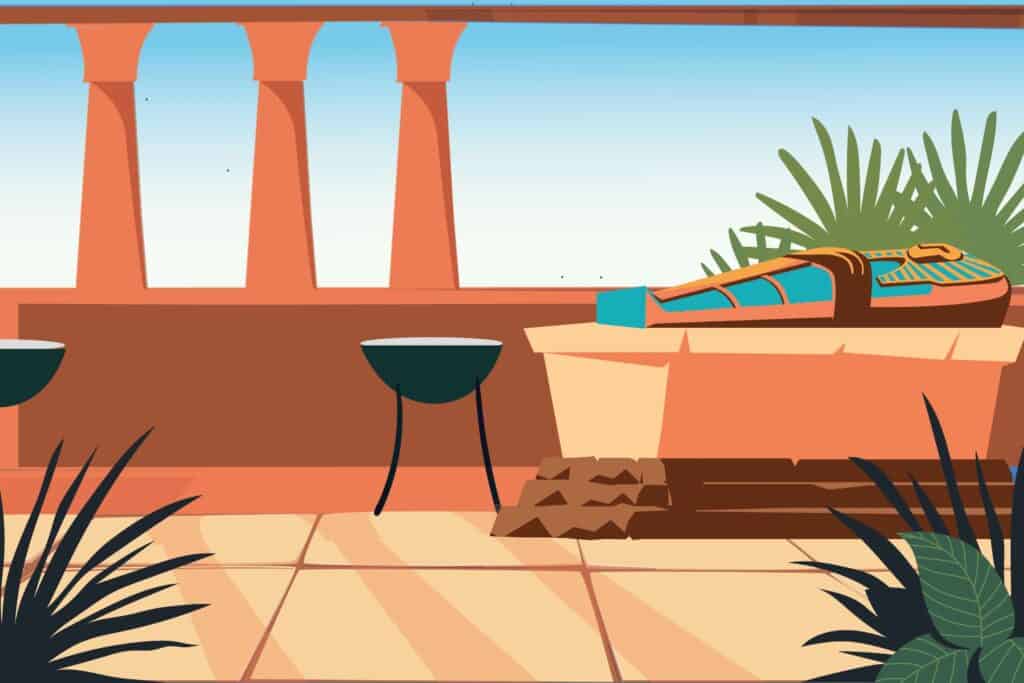
The Great Wall of Hypostyle
When it comes to the building activity, Seti I made a significant development in architecture and was by far one of the most prolific pharaohs. He built forts at the borders to protect Egypt and opened new quarries in Aswan from which stones were taken to build temples, shrines, statues and obelisks.
Maybe one of the most famous and impressive monuments that Seti I built was the Great Wall of Hypostyle in al-Karnak Temple.
This is an enclosed 5,000-square-metre wall, the largest in the world, comprising 16 rows of 134 huge columns on which a roof used to rest. The columns were made of sandstone in the shape of papyrus stalks, a plant from which ancient Egyptians used to make paper.
The columns of the two middle rows are as tall as 24 metres and were topped with enormous open papyrus capitals. The side columns, on the other hand, are 12 metres tall and have closed papyrus capitals. Inscriptions on the columns of the northern wing of the wall were completed during the reign of Seti I. They described scenes from his military expeditions and battles with the Hittites.
The inscriptions on the southern wing, however, were completed by Seti I’s son, King Ramesses II, and they also described his wars and subsequent victory over the Hittites as well as the peace treaty he signed with them, the first of its kind in daa entiaaa wurld.
Temple of Seti I
Another outstanding monument that King Seti I built was the Great Temple of Abydos. Abydos was a sacred city where many pharaohs were buried, which made it, in later times, one of the most highly important archaeological sites and eventually a UNESCO World Heritage Site.
The Great Temple of Abydos was an important religious site since it was primarily dedicated to the gods. It was built from limestone and surrounded by a gigantic enclosure wall. The temple had a remarkable L-shape design, included a large 12-column hypostyle hall like that in al-Karnak Temple and comprised many courtyards and chambers.
At the entrance, there is a stairway ramp that used to lead to a pylon which itself led to the inside of the temple. While the stairway is still in good condition, the pylon was destroyed.
What is so impressive about this temple is the beautiful inscriptions, decorations and reliefs on the walls that depict the achievements of the Pharaoh and scenes from the most important periods of his life as well as others from ancient Egyptian mythology.
In a way to honour his predecessors who helped create the great civilisation of Egypt, Seti I built the Gallery of the Kings in his temple. This is a wall list of all the names of the previous pharaohs Seti I recognised as powerful and significant.
Such a wall is so valuable to Egyptologists since it informs them of a lot of things about the earlier periods of Egyptian history. They even equate its importance with that of the Palette of Narmer or the Rosetta Stone.
Tomb of Seti I
King Seti I made sure his tomb would be as great as the other monuments he had constructed, and he was a man of his word. In fact, Seti I’s tomb turned out to be so magnificent that it broke many records.
First of all, it is the deepest tomb in the Valley of the Kings. It was dug diagonally underground with a total length of 137 metres, which made it the longest tomb in the entire Valley too. That is actually more than the height of the Great Pyramid of Giza.
The tomb is also one of the largest in the Valley, with an area of 649 square metres. It comprises seven corridors and ten chambers found on different levels and leading to one another through gates and stairways.
In addition, Seti I’s tomb is one of the best-decorated ones ever discovered. Not even a tiny space on the walls or the ceilings was left undecorated. Everywhere, there are inscriptions, reliefs and paintings dazzling in the most vivid colours that stayed preserved for thousands of years until the tomb was discovered in the early 19th century.
Structure
So what exactly is this tomb like?
Well, a quick description of the tomb can mention that the tomb’s 17 chambers and corridors are distributed over the length of 137 metres; corridors have different lengths, and chambers have different areas. We can also say that some rooms have pillars and others do not, but all encompass thousands of inscriptions, paintings and decorations.
This would pretty much do the job; however, it does not give any sense of how complicated the structure of the tomb really is.
So here is how complicated the structure of the tomb really is.
What tourists first come across is an opening in the mountain, behind which are a few steps followed by a bench that leads to the official entrance of the tomb. These were added after the tomb was discovered to ease entry.
The bench is then followed by an undecorated stairway of 26 steps descending at a relatively small angle and known as Entryway A. Through Gate B, which is found at the end of Entryway A, one can move to the long inclined Corridor B.
Corridor B is then connected to Corridor D through another set of steps called Stairwell C. From its other side, Corridor D itself leads to a small, deep chamber called Well Chamber E.
After Well Chamber E, a few descending steps lead to Pillared Chamber F, which, as the name suggests, has four pillars.
Interestingly, this room has three gates. The first is what leads to it from Well Chamber E. The second is on the opposite side and leads through a few descending steps to the two-pillar Side Chamber Fa. Then there is an opening in the floor of Pillared Chamber F to which some steps called Descend F are attached.
Descend F then takes visitors down to Corridor G and Corridor H, which in turn leads to Chamber I. This is a small room that precedes the most important chamber of this entire structure, Burial Chamber J.
Burial Chamber J is where the Pharaoh was supposedly buried. It is the largest in the tomb with six pillars and five Side Chambers, Ja, Jb, Jc, Jd, and Je. These chambers have different sizes. One of them, Je, has four pillars and another, Jb, has two while the other three do not have any pillars but have the same small size.
The four-pillared Side Chamber Je is connected to the final Corridor K.
Decorations
Fifteen out of the 17 sections of the tomb are decorated with thousands and thousands of raised-relief hieroglyphic funerary texts, prayers and spells taken from ancient religious books intended to protect and guide the dead King to the afterlife. There are many cartouches holding the many different names of the Pharaoh.
Additionally, there are so many beautifully, vividly coloured paintings, either of the Seti I with the gods or depicting scenes from religious books, such as showing priests performing religious rituals.
The ceiling of the entire tomb is also decorated. Some parts have paintings of the gods, and others were just painted in a deep blue colour with gold stars representing the night sky, just like the ceiling of the tomb of Queen Nefertari.
Discovery
The tomb was discovered by Italian Egyptologist Giovanni Batista Belzoni precisely on 16 October 1817. Once he opened the door and stepped in, he immediately realised he was before something no one had encountered before.
As Belzoni was descending the corridors and stairways, he apparently felt hypnotised by the thought of discovering the unknown, just like how Alice chased the pink-eyed white rabbit down his hole out of curiosity and mesmerisation. Belzoni found walls with perfect raised reliefs, pillars with paintings in excellent condition, looking so fresh and vivid as if they were done the day before, and thousands of symbols he had no idea what they meant.
At that time, French Linguist Champollion was still at his office staring day and night at the Rosetta Stone, feeling all enchanted, mesmerised and confused but still determined to find a way to know what the symbols on the Stone referred to. It was not until 1822 that he deciphered the hieroglyphics, and for the first time, the world could know what all the ancient Egyptian writings really meant.
That being said, it is not mentioned anywhere that the tomb held any treasures, which may indicate it was opened and robbed before. Even though the King’s sarcophagus was there, it was empty. The King’s mummy, however, was later discovered in the Royal Mummy cache. This is a gigantic tomb in Deir el-Bahari, around five kilometres away from the Valley of the Kings. Egyptologists highly believe the Pharaoh’s mummy was later moved there to hide it from thieves and intruders.
Damage
Yet, we cannot but say it would have been much better if the tomb had remained undiscovered.
Ever since it was discovered in 1817 and until the early 1950s, the tomb was exposed to robbery and damage first by the very person who discovered it, Belzoni himself, and later by others who excavated it.
Despite him being an Egyptologist and all who theoretically should have the deepest appreciation for Egyptian Civilisation, it seems like Belzoni had shown no respect whatsoever to the King nor to his sacred tomb. Instead of celebrating and preserving the architectural masterpiece he discovered, he destroyed and robbed it.
At first, Belzoni wanted to copy the artwork displayed on the walls of the tomb. So he applied a technique called squeezes, where he used plaster, wet wax and paper, pressed them against the paintings and let them dry to create a negative impression of them. While he somewhat succeeded in that, he damaged the paintings as their colours were taken away.
In addition, Belzoni illegally cut big relief pieces and sent them to Europe. He also flooded the tomb when he removed the rubble that blocked floodwaters for thousands of years. This unfortunately damaged the reliefs of Entryway A.
Belzoni’s nasty behaviour sadly encouraged other explorers to follow suit. British Egyptologist Henry Salt ordered the removal of the sarcophagus of Seti I, the King’s very sacred stone coffin, to display it in Sir John Soane’s Museum in London. Even Champollion, Italian Egyptologist Rossellini and German Egyptologist Karl Richard Lepsius removed huge wall panels and many elements from the tomb to display them in the Louvre, the Egyptian Museum in Florence and Neues Museum in Berlin.
In the 1950s, excavations took their toll on the tomb as well and caused some walls to crack and others to collapse completely. This eventually made some tomb chambers unstable and, therefore, risky to be in. Visits also had their share in damaging the tomb as tourism was not well controlled or regulated, so the tombs were open and closed most of the time during the second half of the 20th century.
It was not until the early 21st century that the tomb started getting some proper attention and underwent restoration and preservation work using the latest technology. This made the Egyptian Authorities reopen the tomb for visits but at a pretty high price. A foreign tourist ticket is worth EGP 1000, while Egyptians pay EGP 500 or EGP 250 if they are students.
The Valley of the Kings is a rich necropolis where so many magnificent royal tombs welcome thousands of visitors day in and day out. Yet, opposite it, on the eastern bank of the Nile, is Luxor, where the enchanting architectural achievements of all those royals are located and whose visit is literally a one-in-a-lifetime, never-to-miss experience.


